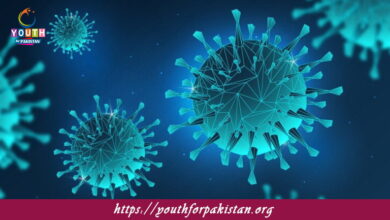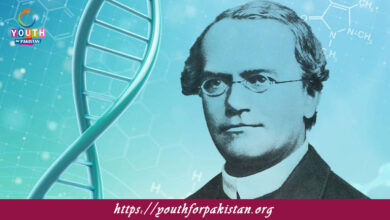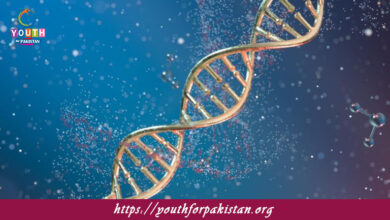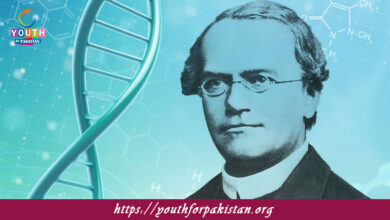Gene Linkages And Crossing Over MDCAT MCQs with Answers
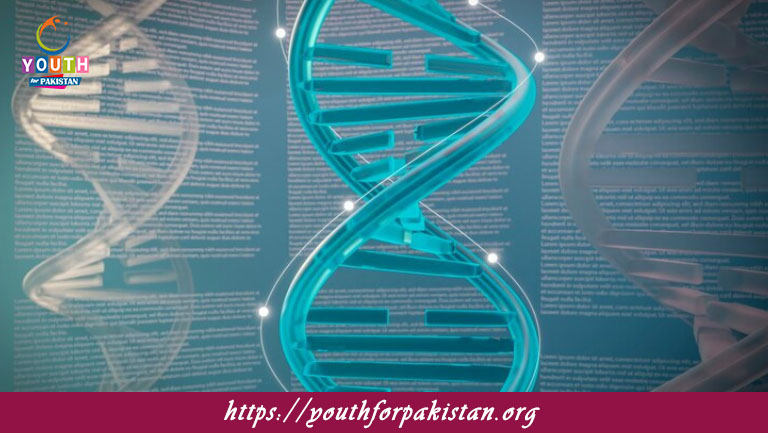
Welcome to the Gene Linkages And Crossing Over MDCAT MCQs with Answers. In this post, we have shared Gene Linkages And Crossing Over Multiple Choice Questions and Answers for PMC MDCAT 2024. Each question in MDCAT Biology offers a chance to enhance your knowledge regarding Gene Linkages And Crossing Over MCQs in this MDCAT Online Test.
Gene linkage occurs when:
a) Genes are located on different chromosomes
b) Genes are located on the same chromosome
c) Genes are located far apart on a chromosome
d) Genes are completely independent
Crossing over occurs during which phase of meiosis?
a) Prophase I
b) Anaphase II
c) Metaphase I
d) Telophase I
The likelihood of crossing over between two genes increases when:
a) The genes are close together
b) The genes are far apart
c) The genes are on different chromosomes
d) The genes are identical
The physical exchange of genetic material between homologous chromosomes is called:
a) Gene linkage
b) Independent assortment
c) Crossing over
d) Mutation
Which of the following is a result of crossing over?
a) Decreased genetic variation
b) Increased genetic variation
c) No genetic variation
d) Elimination of recombination
Gene linkage refers to:
a) Genes that independently assort
b) Genes that are always inherited together
c) Genes on different chromosomes
d) Genes on the same chromosome that tend to be inherited together
Crossing over results in:
a) Recombinant chromosomes
b) Non-recombinant chromosomes
c) Identical chromosomes
d) Mutations
Which factor reduces the chances of crossing over between two genes?
a) Distance between the genes
b) Genes being on different chromosomes
c) Proximity of the genes on the same chromosome
d) Random assortment of genes
Linked genes do not follow Mendel’s law of:
a) Segregation
b) Independent assortment
c) Dominance
d) Recessiveness
The frequency of crossing over is directly proportional to:
a) The distance between two genes on the same chromosome
b) The closeness of two genes on the same chromosome
c) The number of chromosomes
d) The position of centromeres
Recombination occurs when:
a) Linked genes do not separate
b) Linked genes are rearranged during crossing over
c) Genes assort independently
d) Genes mutate during meiosis
Which of the following processes breaks gene linkage?
a) Mutation
b) Crossing over
c) Independent assortment
d) Chromosomal deletion
Gene linkage maps are constructed based on:
a) Mutation rates
b) Recombination frequencies
c) The size of the chromosome
d) Chromosome number
Which of the following events during meiosis leads to genetic diversity?
a) Gene linkage
b) Crossing over
c) Chromosomal duplication
d) Chromosomal nondisjunction
A higher recombination frequency between two genes indicates:
a) The genes are far apart on the chromosome
b) The genes are closely linked
c) No crossing over occurred
d) The genes are on different chromosomes
Genes that are close together on the same chromosome are:
a) Independent
b) Linked
c) Mutated
d) Recessive
In what condition would genes not assort independently?
a) When they are far apart on different chromosomes
b) When they are on different chromosomes
c) When they are linked on the same chromosome
d) When crossing over does not occur
Gene linkage tends to be broken by:
a) Mutation
b) Recombination
c) Independent assortment
d) Gene expression
A lower recombination frequency between two genes suggests that:
a) The genes are far apart
b) The genes are located close together
c) The genes are on different chromosomes
d) Mutation has occurred
Linked genes typically do not follow Mendel’s law of:
a) Segregation
b) Dominance
c) Independent assortment
d) Recessiveness
Which of the following factors contributes to gene linkage?
a) Genes located on different chromosomes
b) Genes far apart on the same chromosome
c) Genes located on the same chromosome
d) Genes being dominant
The recombination frequency between two genes on a chromosome is used to:
a) Predict the occurrence of mutations
b) Estimate the distance between the genes
c) Determine gene dominance
d) Identify genetic disorders
Crossing over usually occurs between:
a) Sister chromatids of the same chromosome
b) Non-sister chromatids of homologous chromosomes
c) Non-homologous chromosomes
d) Autosomes and sex chromosomes
Crossing over results in:
a) Chromosomal duplication
b) Chromosomal deletion
c) Genetic recombination
d) Chromosome breakage
Which of the following increases genetic diversity during meiosis?
a) Linkage of genes
b) Independent assortment
c) Gene deletion
d) Suppression of crossing over
Crossing over involves the exchange of genetic material between:
a) Non-homologous chromosomes
b) Sister chromatids
c) Homologous chromosomes
d) Sex chromosomes
The recombination frequency between two genes is 10%. This suggests that the genes are:
a) 10 map units apart
b) 50 map units apart
c) 100 map units apart
d) 1 map unit apart
Crossing over and gene linkage are important for:
a) Reducing genetic variation
b) Increasing genetic variation
c) Decreasing the chance of mutation
d) Ensuring identical offspring
The maximum recombination frequency between two genes is:
a) 25%
b) 50%
c) 100%
d) 10%
Which of the following genes is most likely to be linked with another gene?
a) A gene on a different chromosome
b) A gene far away on the same chromosome
c) A gene close to it on the same chromosome
d) A mutated gene
Gene linkage affects:
a) The independent assortment of alleles
b) The mutation rate
c) Chromosome replication
d) Chromosome structure
Which of the following is true about recombination frequencies?
a) They decrease with distance between genes
b) They increase with distance between genes
c) They are not affected by gene distance
d) They occur only in sex chromosomes
In linked genes, recombination frequency is less than:
a) 25%
b) 50%
c) 75%
d) 100%
Crossing over typically occurs during:
a) Prophase I of meiosis
b) Metaphase I of mitosis
c) Anaphase II of meiosis
d) Telophase II of mitosis
When does gene linkage tend to break?
a) During mitosis
b) During independent assortment
c) During crossing over
d) During mutation
Crossing over between two linked genes leads to:
a) Chromosomal mutations
b) Recombination
c) Gene duplication
d) Chromosomal nondisjunction
Recombination of linked genes occurs due to:
a) Random segregation
b) Independent assortment
c) Chromosomal deletion
d) Crossing over
The phenomenon where genes on the same chromosome are inherited together is called:
a) Mutation
b) Linkage
c) Recombination
d) Independent assortment
If genes are linked, their recombination frequency is typically:
a) Greater than 50%
b) Less than 50%
c) Exactly 50%
d) Zero
If you are interested to enhance your knowledge regarding Physics, Chemistry, Computer, and Biology please click on the link of each category, you will be redirected to dedicated website for each category.


